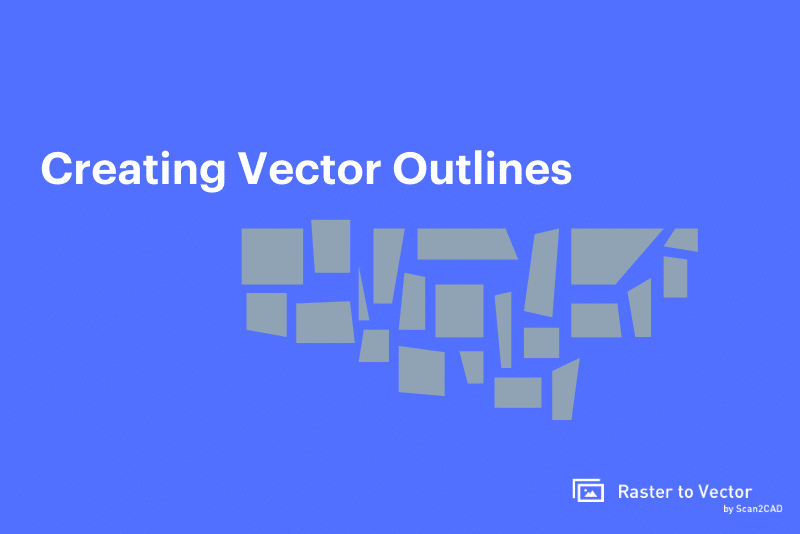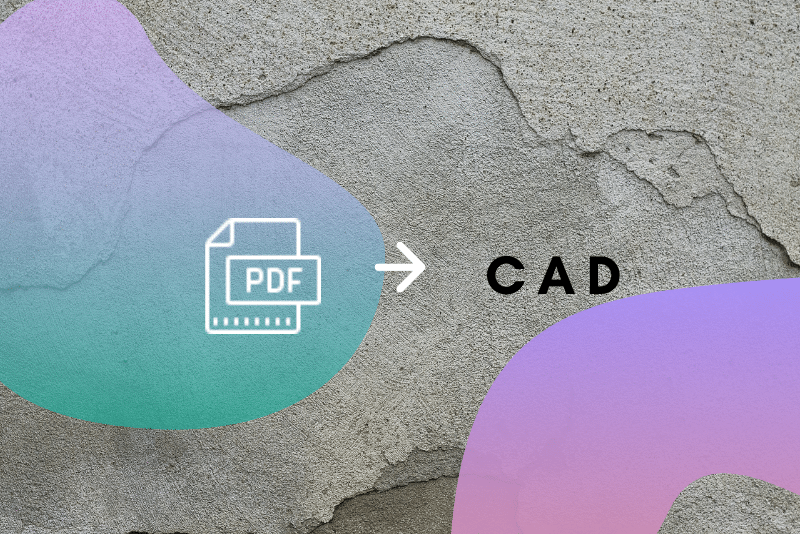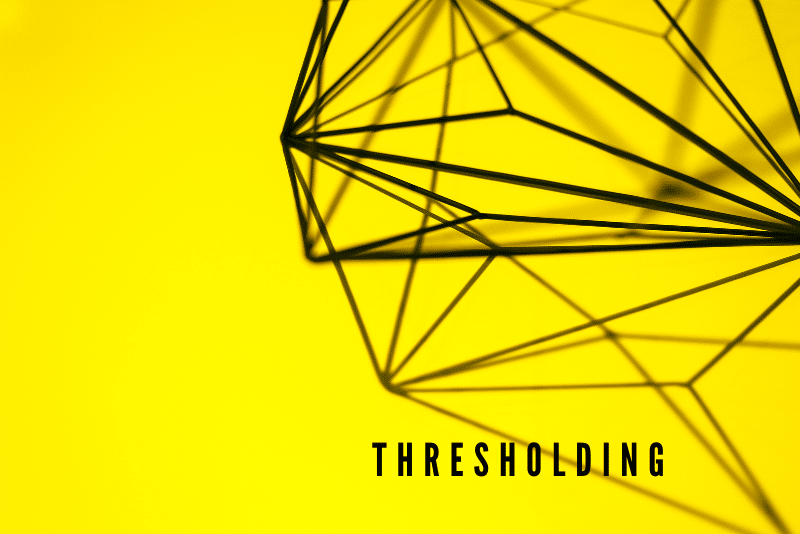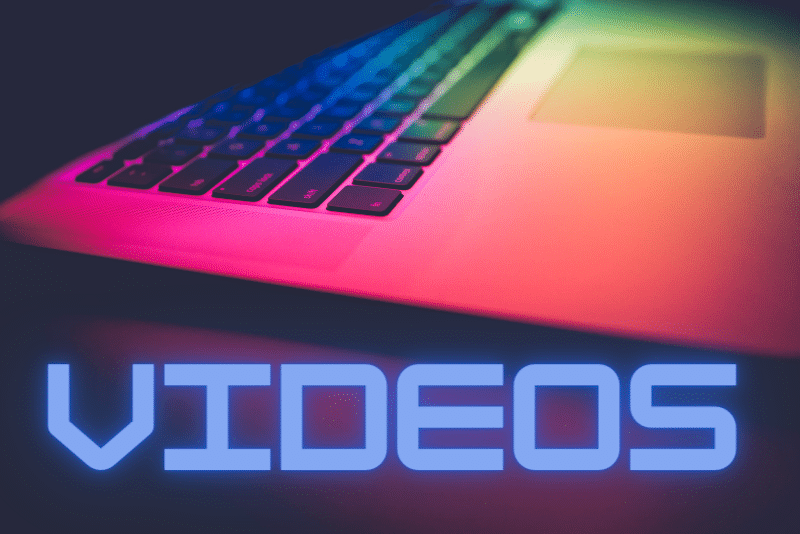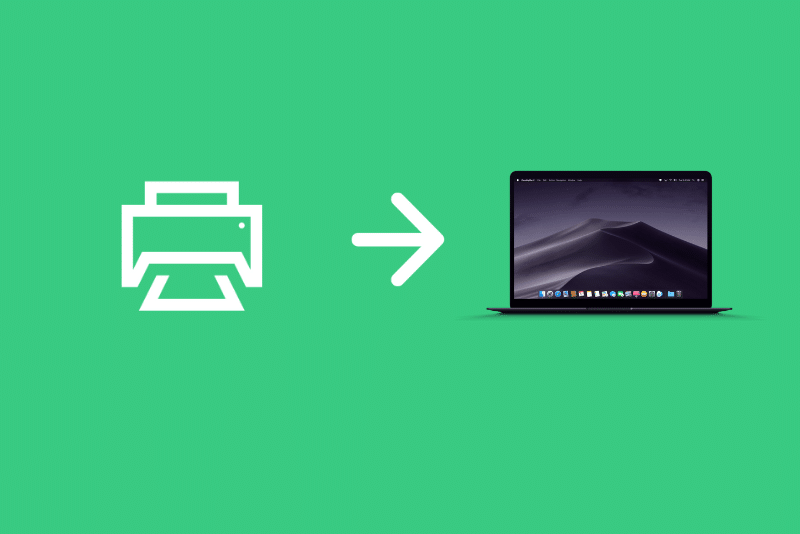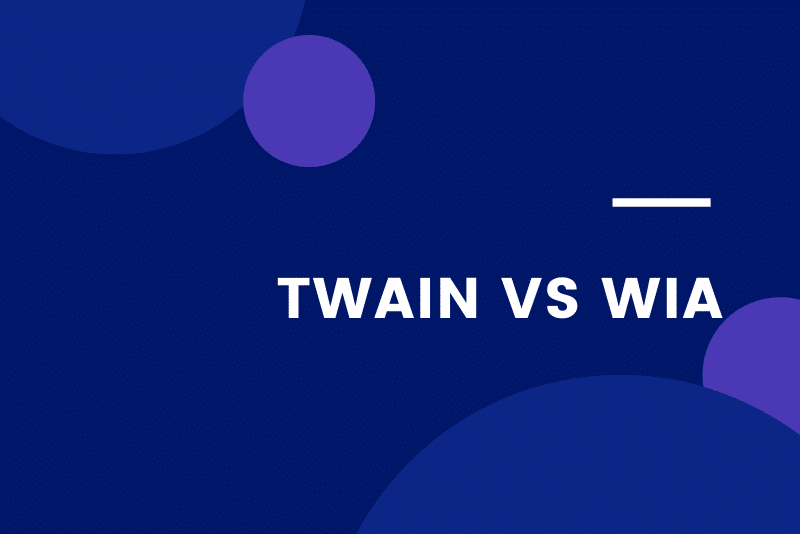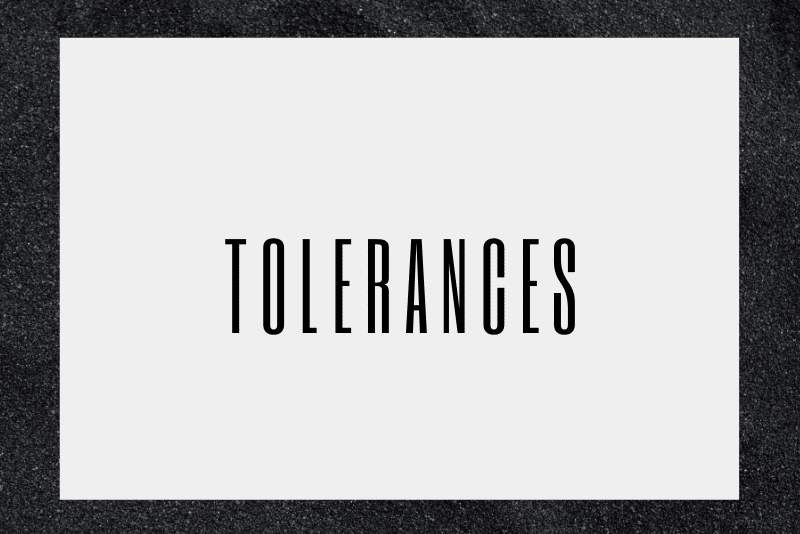Be it for business, for design or for machining, many designers and CAD users will at some point have to deal with creating workable outlines out of reference images. But how do you go about doing so? And what do you do if your reference image is a raster image? Chances are, if you’ve dipped […]
